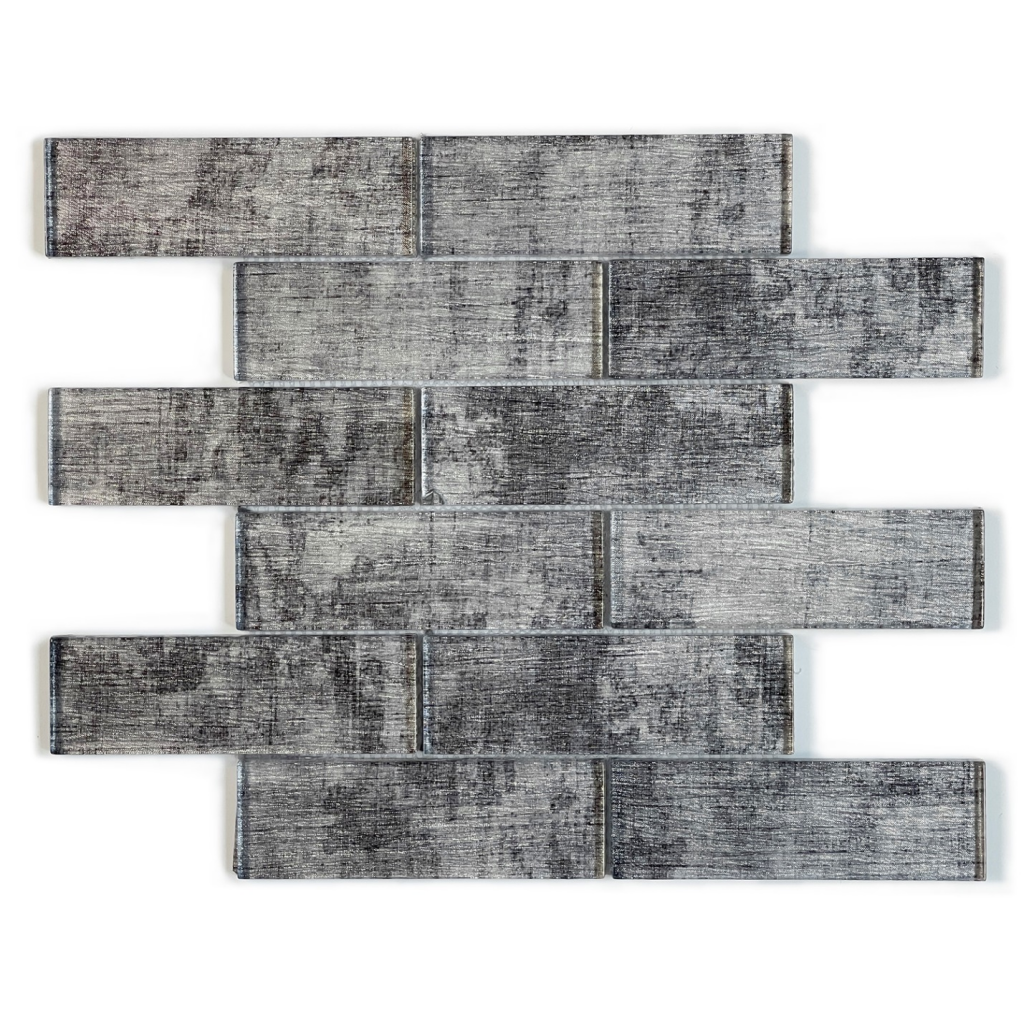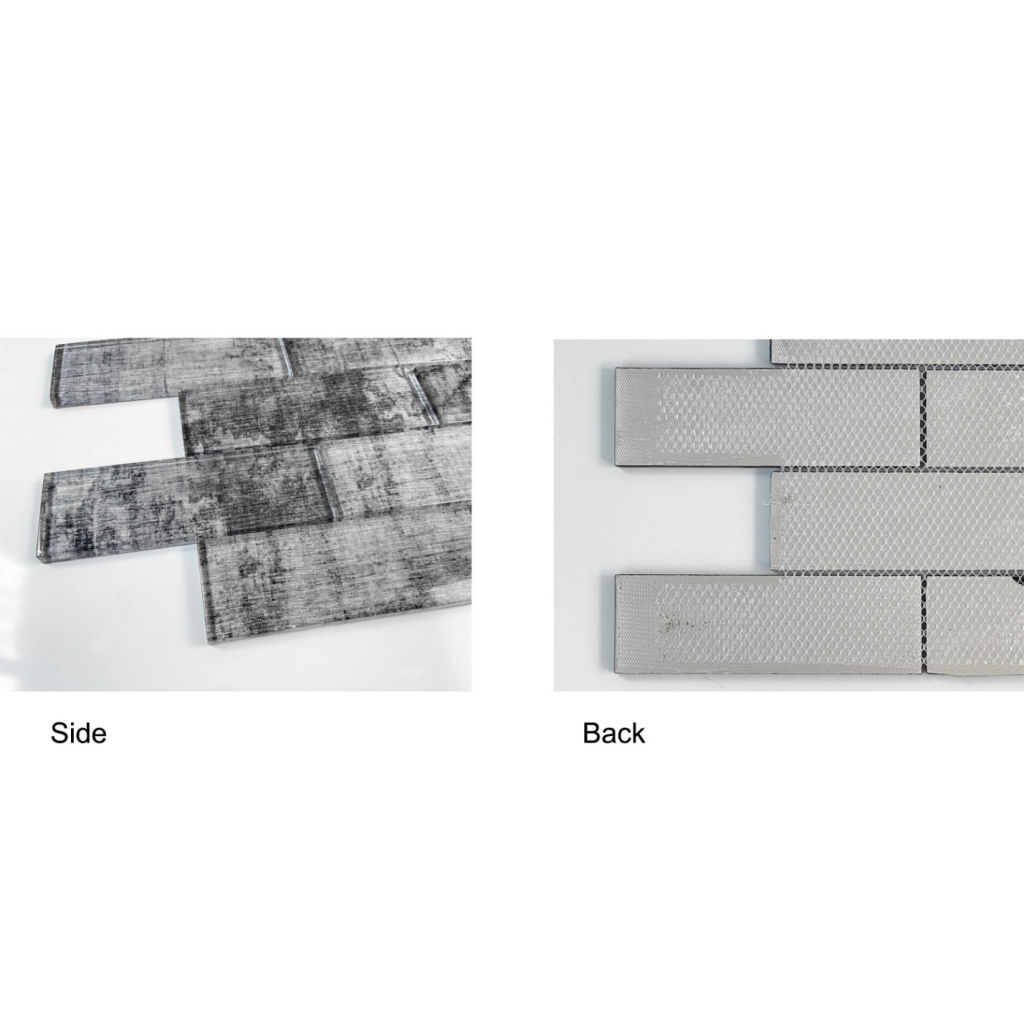How to remove calcium deposits from swimming pool tiles?
2022.01.26 / By hqt
How to remove calcium deposits from swimming pool tiles? For those who are building a pool for the first time or intend to do so in the future, we will immediately make a reservation. It will be laying tiles in the pool and in the bathroom are completely different things.
Many of us have never encountered the power of the water element in our lives (television reports do not count). However, any diver will confirm: water pressure is really a brutal force. It acts on every millimeter of the surface. The pool is no exception: under the pressure of a mass of water, its walls sag by several millimeters.
For this and many other reasons, you should follow a certain technology for laying tiles in the pool, which will be discussed below.
How to remove calcium deposits from swimming pool tiles?
Surface preparation
Before laying the tiles, it is necessary to prepare the surface of the pool. Even a perfectly built pool (or rather, its concrete box) requires preliminary preparation of working surfaces. The walls and floor will still have minor defects. In the future it can lead to unpredictable results.

Therefore, any irregularities, stains of cement milk, pollution must eliminate. Putty and self-leveling compounds must be especially good for use in pools. Otherwise no one will guarantee that in a month all your work will not go down the drain. You can advise good mosaic tiles.
Waterproofing
How to remove calcium deposits from swimming pool tiles? Waterproofing is the next and very important step in preparing the pool for tiling. Even if you come across a finished box (tank) of the pool, builders usually do not waterproof.
Therefore, in most cases, the execution of this work becomes the responsibility of the stacker. It is also very important here that, firstly, the surfaces of the pool are perfectly flat and clean.
Requirements for tiles and adhesives
Tile for pools is not suitable for everyone. Usually, a special porcelain tile is good for installation. Thus, it also has less water absorption, which is important for pools. Ordinary tile has a porous structure. In addition, porcelain tiles have greater frost resistance and heat resistance. Finally, porcelain tile absorbs less dirt and is therefore much easier to clean.
In places of descent into the pool and around it, it is necessary to lay tiles with an anti-slip rough surface.
How to remove calcium deposits from swimming pool tiles? The adhesive composition, as you may have guessed, must also be special. Recently, the most widely used adhesive compositions, kneaded using a special latex additive.
To apply the adhesive solution, it is best to use a notched trowel, in which the teeth correspond to the dimensions of the tile. The double application method ensures that there are no voids between the tile and the substrate.
How to remove calcium deposits from swimming pool tiles?
We line the edges of the pool, while observing the slopes of the overflow wall. You make sure that the seams on the bottom and walls of the pool match. Then we proceed to facing the walls, and lastly - the bottom of the pool.
When laying tiles in strips, work should begin from the central axis, laying the tiles symmetrically. It is recommended to line the corners of the pool with a special rounded element. This will facilitate the cleaning and maintenance of the pool.
How to remove calcium deposits from swimming pool tiles? To determine the thickness of the joint, it is necessary to take into account the shape and size of the tile. For the most common tile format 120x245 mm, the joint thickness should be 5 mm.
Grouting tile joints
It is possible to start grouting the joints of the tiles, after laying it, only after the adhesive has completely dried. First you need to clean the seams from the remnants of glue. For grouting, epoxy or cement grouts are good to use.
Every 3 meters it is necessary to overwrite the seam with a special elastic "compensation" composition. They also fill the seams in the corners of the pool, both vertical and horizontal.
Order tiling in the pool
The professional company will perform professional tiling in the pool. High-quality materials, reliable equipment and qualified specialists of the company can perform pool lining works at the highest level and in a short time. We offer a wide range of mosaic tiles at low prices. To order tile, please call the company.
How to remove calcium deposits from swimming pool tiles? When using hard water to fill a home pond, owners face many problems, including the formation of lime deposits on the walls and bottom of the water bowl. In this case, it is very important to know how to avoid the appearance of layers and how to remove them.

Cleaning the pool from lime scale is a rather laborious process.
Devices to remove calcium deposits from swimming pool:
1) Net - for collecting floating debris from the water surface of the tank.
2) Special bottom and side brushes - for cleaning the walls, steps, bottom of the water bowl (rounded, flat).
3) Telescopic extension rods (aluminum and plastic) for brushes.
4) Chemical preparations for cleaning plaque.
5) Vacuum cleaner
6) Pool cleaning pump.
The sequence of work
In order to qualitatively clean the walls of the pool from lime scale, it is necessary to collect visible large debris and drain the water. The degree of contamination of the walls, bottom, stairs, nozzles, the presence and amount of water stone and deposits are visually determined.
Cleaning the bowl from limescale
How to remove calcium deposits from swimming pool tiles? Manual cleaning of the pool from calcium is a crucial stage of the work. Depending on the degree of contamination, the necessary tools and fixtures are selected. As a rule, the first step is to clean the walls using a set of brushes.
In some hard-to-reach places, on bends, a metal mesh is used for washing dishes. The bottom is cleaned last, using a special rotary machine.
Sometimes white spots and stains appear on the wall cladding, which are poorly cleaned by hand. These are mineral deposits or water stone. You can clean the pool of water stone by using special products containing acid, which act on deposits without harming the wall covering material.
Cleaning of stainless steel metal surfaces
On elements stainless steel tanks used in domestic deposit limescale as frequently as on the walls.
Cleaning of such parts and elements from limescale should carry out only with special preparations, which include substances that slow down the corrosion of the metal. Moreover, any preparations that contain chlorine cannot be used to clean stainless elements.
To avoid lime scale, use water filters and special water softeners. Then you do not have to deal with the time-consuming process of cleaning the pool.

